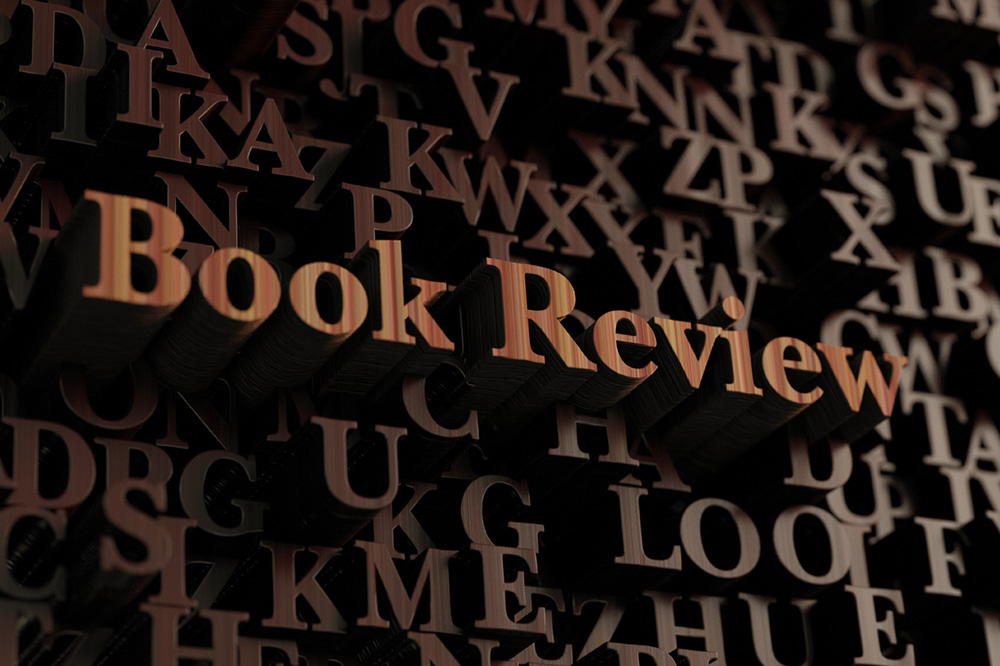Established in 1978, Western Washington University’s Center for Economic and Financial Education provides in-service and pre-service training of elementary and secondary teachers in economic and financial education.
In September, Center Director Pamela Whalley wrote a ringing endorsement of Paul Heys’ new book, Spending Your Way to Wealth:

“This book manages to take the research surrounding financial decision making and translate it into understandable and workable advice for general public.”
“As Paul explains the automatic reactive decision making that dominates our day, he introduces the reader to the biases that underlie many of these types of decisions, acknowledging the very natural human tendencies embodied in these choices. Our choices aren’t automatically bad or good, but they are too often unexamined, especially with respect to the true costs of our spending choices. He notes that much of our unconscious, reactive decision making involves shortcuts that enable us to efficiently and happily move through our days. We don’t have to stop and consciously think about the process of brushing our teeth, we do so by habit. Unfortunately, too many of our spending decisions are made based on the same process. Consider how much longer it takes to shop when our reactive shopping decisions are disrupted by a new store layout. While reactive decision making saves us time when brushing our teeth, it serves us less well when we are making spending decisions, because virtually all spending decisions ultimately boil down to spending today versus spending tomorrow (spending versus saving). This book does a masterful job explaining why we make reactive decisions and exposing the unconscious biases that underlie these types of spending decisions. It helps us take the next step into reflective decision making, where we integrate long term consequences into our decision making process. This book makes this process straight forward, no complex calculations required. The final chapter is ultimately a straight forward “how-to” move from spending only to maximize very short term satisfaction, to allocating our spending between today and tomorrow. Paul challenges us to consciously consider our spending by considering what else we could buy in the long term were we to invest the funds instead.”
“Very few investment books mention, even in passing, that ‘Mere financial capital (money) doesn’t make a person wealthy.’ This book does.”
“Paul’s treatment of investing is also unique in that he demystifies the process by recommending that people invest only in index mutual funds. The reality is that most people have neither the time, the funds, nor the desire to invest in individual stocks and bonds. He explains the steps necessary to purchase shares of an index mutual fund, even explaining what to look for in purchasing the fund. He gives practical advice on determining how to invest for the long term and not fall prey to reactive decisions like selling when the market falls (don’t look at market alerts, check your investments every few months), and not using your investment account as another spending tool (don’t get checks or debit cards for the accounts).
“This book manages to take the research surrounding financial decision making and translate it into understandable and workable advice for general public. His emphasis on conscious decision making, essentially examining our current spending decisions and looking at the long term costs of our purchases helps us allocate our income on what is most important to us. As he notes, building financial wealth gives us the freedom to build non-financial wealth. Very few investment books mention, even in passing, that ‘Mere financial capital (money) doesn’t make a person wealthy.’ This book does.”

